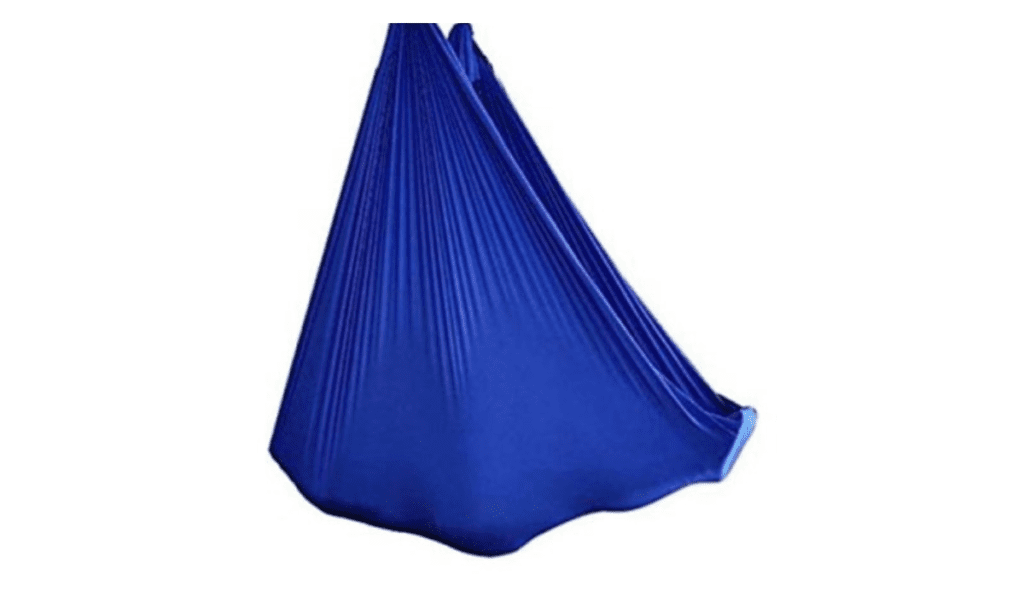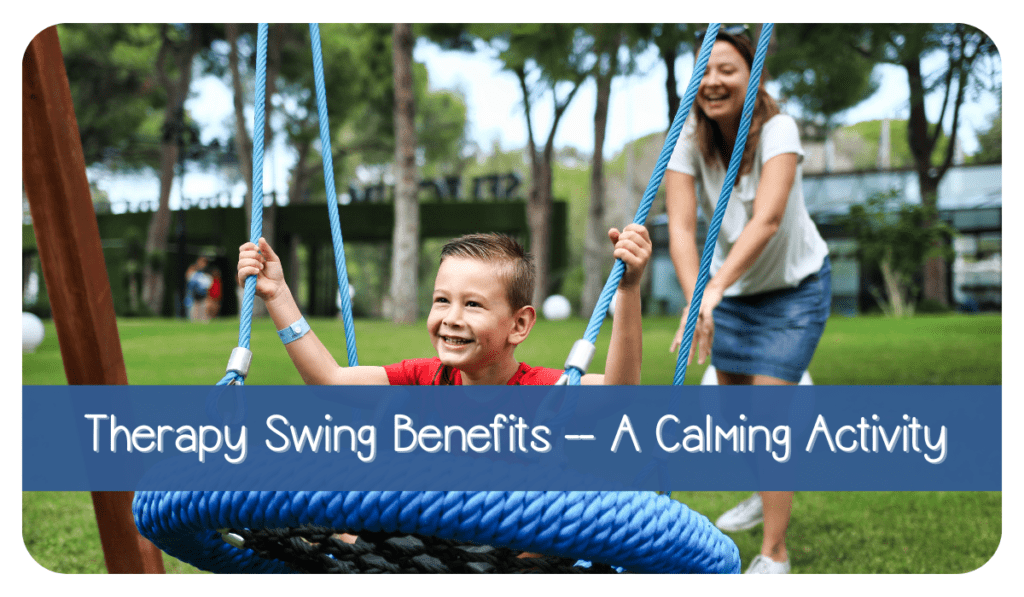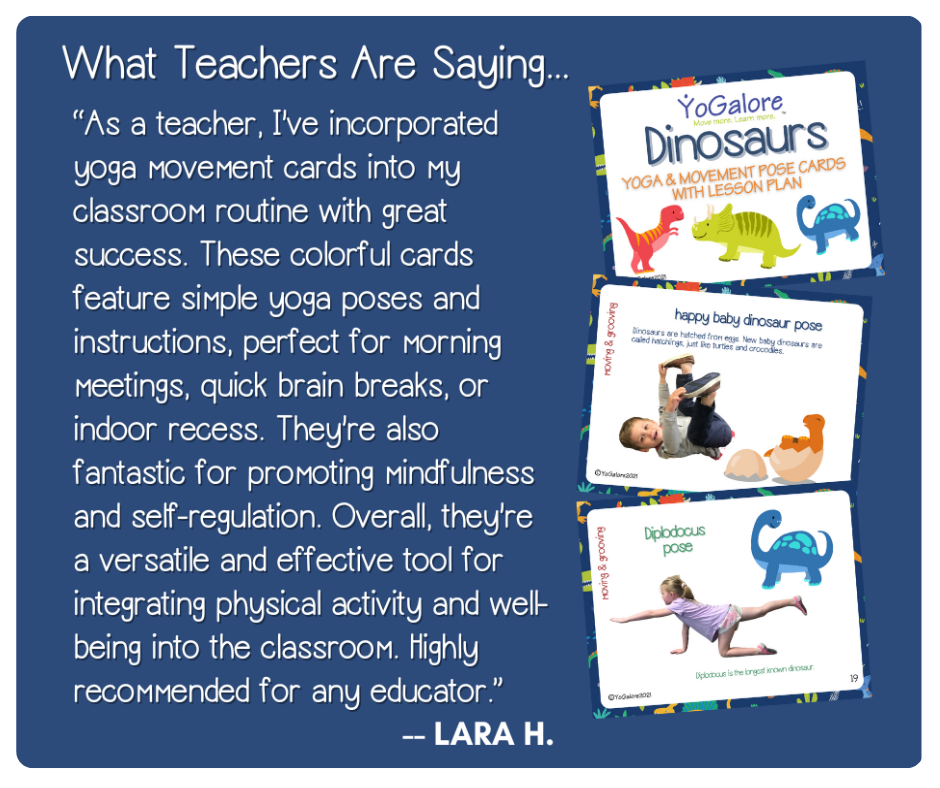We all remember swinging as children…hours and hours of entertainment. Did you ever think there might be more to it than that? There are many benefits to swinging, for both children and adults, especially if they have sensory processing disorder (SPD).

Some children will find the slow steady movement of the swing relaxing, calming and/or soothing. Swinging can also help these people with their ability to focus. They take to swinging like it’s the most natural thing in the world. Some children might even crave the movement of the swing — they are sensory seekers and need that input to help them process/organize stimuli. Others may be very apprehensive about the movement of the swing. It can help them to process vestibular input that they can be wary of. For those children, swinging might be a process that progresses over time. It may start with just sitting/laying in the swing (depending on what type of swing you have) and then incorporating the movement of the swing over time. Perhaps start with a minute or two and over time increase the amount of time swinging. Everyone is different, and what works for one person might not work for another.
There are many different types of swings, more specifically, therapy swings which are specially designed with those with special needs in mind. There are some swings that are made of stretchy fabric that almost resemble slings or hammocks, platform swings, netted swings just to name a few. Along with some special hardware that can be ordered, these swings can be hung safely indoors to be used even when the weather isn’t cooperative.
If you think your child might be struggling with some sensory processing issues, always consult your pediatrician or have your child evaluated by an occupational therapist who specializes in pediatrics/sensory processing disorder.






